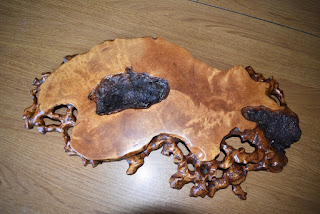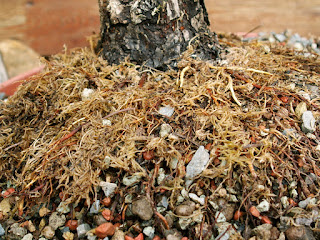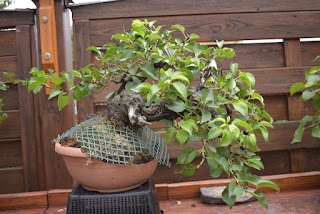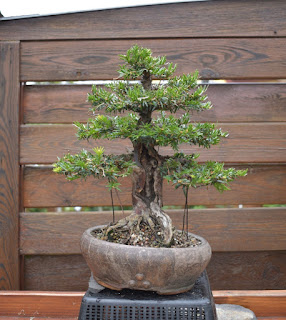Root stand_First try...

A burl from birch, a number of different tools, persistence. And more than 20 hours of carving. In early stages of my learning curve. I hope the next one will be better. Not sure about the time spent, though . With more elaborate curves... 49 x 24 x 4 cm 19,3 x 9,5 x 1,6''





